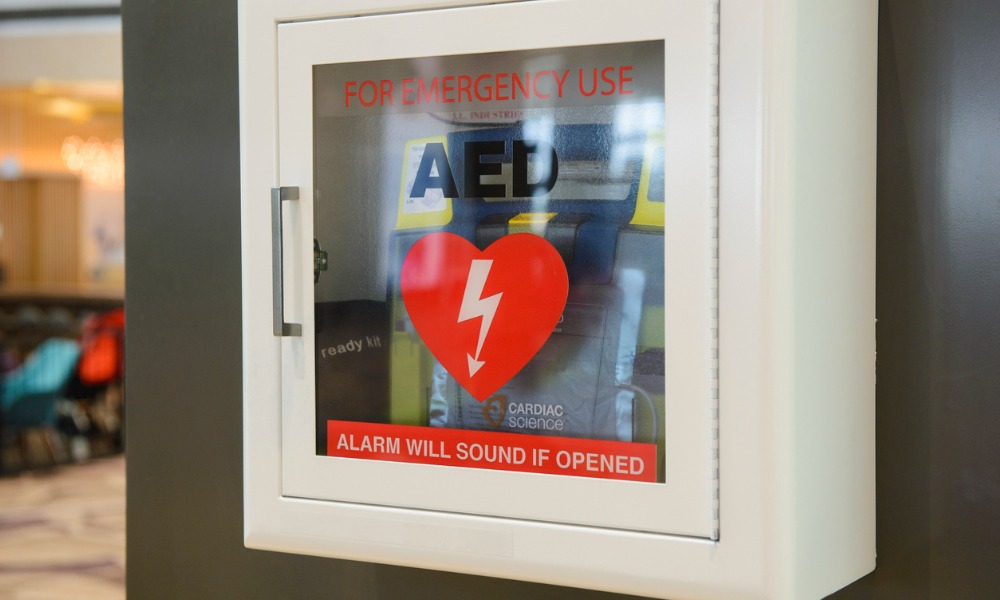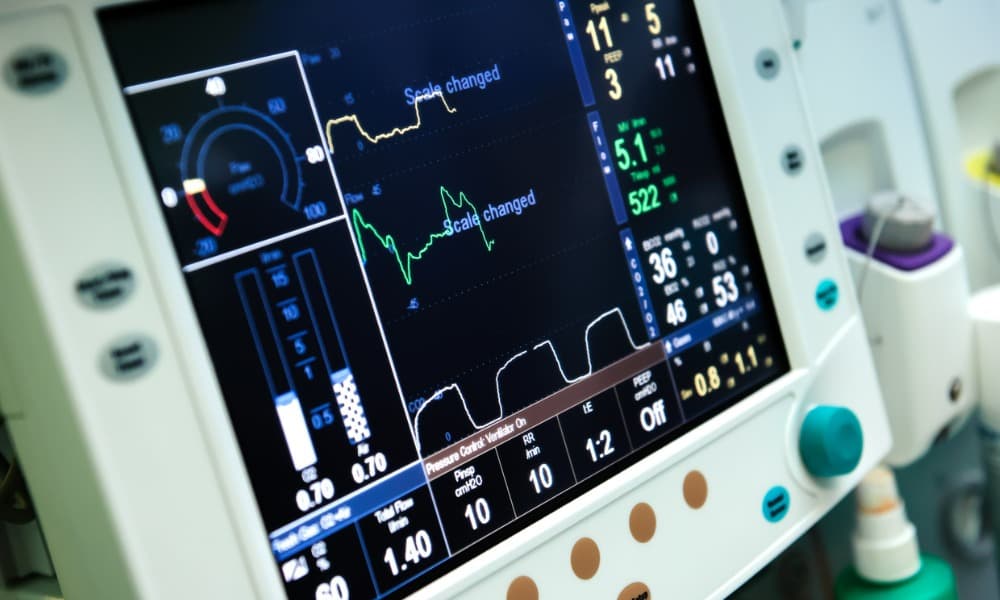If you’ve ever watched any sort of medical drama movie or TV show, there’s a very good chance you’ve seen some dramatic action involving a defibrillator. Perhaps someone clutched their chest and slumped over, and a doctor or a well-intentioned bystander grabbed some paddles, yelled “Clear!” and shocked this person back to life. While this makes for a thrilling scene, the truth is that the way defibrillators are often depicted isn’t always entirely accurate.
Debunking a Defibrillator Myth
There are some common misconceptions about defibrillators, the biggest being that their function is to start a heart that’s not beating and can resuscitate someone who has died. While this device can get a heart going again – if it’s used as soon as a heart stops beating – this is not what it is designed for. It is meant to treat ventricular fibrillation, which is what happens during sudden cardiac arrest (SCA). Essentially, this means that the heart’s electrical system is out of whack. A defibrillator sends an electrical current through the heart to re-establish the right rhythm.
What Causes Sudden Cardiac Arrest?
Sudden cardiac arrest can be triggered by different things. If someone has an arrhythmia, or irregular heartbeat, that goes unchecked, this can lead to ventricular fibrillation, which can cause SCA. Most cases of SCA can be attributed to coronary disease or disorders related to the structure of the heart. An injury, drowning, or electrocution can also induce SCA.
A Brief History of Defibrillators
Would you be surprised to learn that defibrillation dates back to the 1800s? In 1899, two physiologists from the University of Geneva, Switzerland, discovered that small electrical shocks could create ventricular fibrillation in dogs. And with larger charges, they were able to reverse the condition. In 1930, electrical engineer William Kouwenhoven built on that idea and invented the external defibrillator. In the 1950s, the portable defibrillator was created in the Soviet Union. Over subsequent decades, thanks to technological advancements, the defibrillator has seen several refinements and improvements.
Different Types of Defibrillators
The defibrillators used by medical professionals in hospitals are called ALS (advanced life support) units. They generally consist of two metal paddles that contain electrodes. They also have pads that utilize electrically conductive gel to prevent burns. These are far from the only type of defibrillator, however, as there are many different kinds:

AEDs
AEDs (automatic external defibrillators) are found in many public places, including schools, gyms, and airports, and chances are you’ve seen one, even if you didn’t know what it was. Unlike the equipment at medical facilities, you don’t need training to use an AED. Essentially, you place the electrode pads on the person’s bare chest, and the machine will either administer the shock itself or instruct you to press the shock button. Because so many people experience cardiac arrest outside of hospitals, AEDs can – and do – prevent death. Unfortunately, many people fail to act because they believe only medical professionals can use these defibrillators.
ICDs
Similar to a pacemaker, an ICD (implantable cardioverter defibrillator) is put directly into someone’s chest through surgery. These are patients who are at high risk of experiencing ventricular fibrillation. The device continually checks for arrhythmias and, if detected, will send out a shock to restore the heart’s natural rhythm. Unlike a pacemaker, an ICD can deliver a high-energy shock to the heart.
WCDs
WCDs (wearable cardioverter defibrillators) are also devices people carry around with them, but these go outside the body. They’re comprised of sensors attached to the skin, and connected to the sensors are wires that go to a unit fastened to a vest worn under regular clothing. Like an ICD, a WCD constantly checks a heart’s rhythm. If an arrhythmia is detected, it can send a low- or high-energy shock as needed. A WCD also has the ability to transmit data to doctors.

Clearly, without defibrillators, many lives would have been lost. If you’ve had any personal experience with them, let us know about it in the comments.